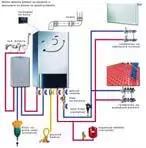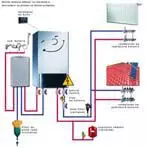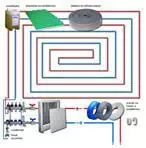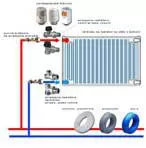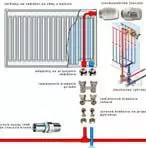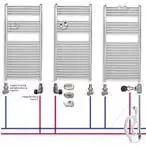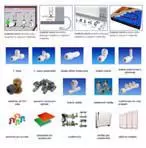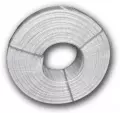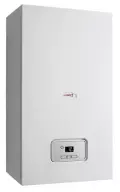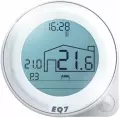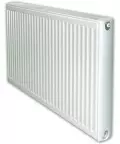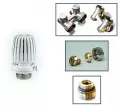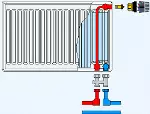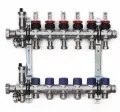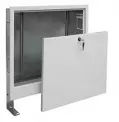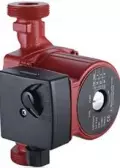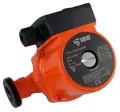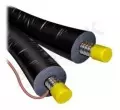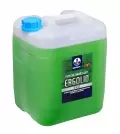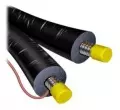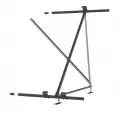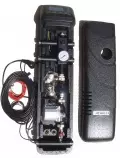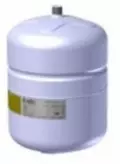Glossary
1 5 A B C D E F G H I J K L M N O P Q R S T U V W Y Z
Calcite
Calcite is a carbonate mineral that forms the basic component of limestone rocks. It has the chemical formula CaCO3, which means it is composed of calcium, carbon and oxygen. Calcite is one of the most common minerals on the earth's surface and…
Calcium bicarbonate
Calcium bicarbonate, chemical formula HCO₃⁻,Ca²⁺, is a compound that is often referred to as calcium bicarbonate. It is a salt that is formed by a combination of bicarbonate ion (HCO₃⁻) and calcium ion (Ca²⁺). This compound is soluble in…
Calcium carbonate
Calcium carbonate (CaCO₃) is a chemical compound that consists of a calcium cation (Ca²⁺) and a carbonate anion cation (CO₃²⁻). This compound is known as lime scale or limestone. Calcium carbonate is found in nature in various forms, such as…
Calibration
Calibration is the process of comparing the measurement or values of a device, instrument, or system with reference values that are precisely known or verified, in order to ensure the accuracy and reliability of the measurements or…
Calorific value
Calorific value is a physical property of a fuel or combustible substance that indicates the amount of heat released during the complete combustion of a unit of weight of this fuel. The calorific value is also called the energy value of the…
Canature
Canature is a global leader in water solutions and technologies for domestic, commercial and industrial use. It focuses on the development, production and distribution of water filtration, treatment and purification systems. Canature deals in…
capacitor
A capacitor is a passive electrical element that serves to temporarily store electrical energy in the form of an electrical charge. It consists of two conductive plates separated by a dielectric (insulation). The dielectric can be air, paper,…
capacitor
A capacitor is a passive electronic component that is designed to store and maintain electrical energy in an electric field between its two conductive plates or plates. A capacitor works on the principle of storing charge on its plates and then…
capacitor motor
A capacitor motor is a type of asynchronous electric motor that is used for various applications, especially where less power and movement at a certain constant speed is required. This type of motor is often used in homes, industrial equipment,…
capacity (electronics)
In electronics, the term "capacitance" refers to a capacitor, an electronic component designed to store electrical energy in an electric field between its two conductive plates. A capacitor is a passive electronic component that has the ability…
Capillarity
Capillarity is a physical phenomenon or method of displacement of a heat transfer fluid that, in the context of radiators and heating, refers to the ability of a fluid to rise or fall inside a narrow space such as a small tube or channel. In…
Carbide
Carbide is a compound of carbon with other elements where carbon usually has a negative oxidation state. There are many types of carbides, some of which are inorganic and some are organic. In the context of your question, you are most likely…
carbon
Carbon (lat. Carboneum) is a chemical element in the Periodic Table of Elements, its symbol is C, it has 4 bonds and its proton number is 6. Carbon forms the basic building block of all organic compounds and therefore all living organisms. Carbon…
Carbon
Carbon is used in super sports, luxury and racing cars (e.g. Ferrari, Lamborghini, Formula 1, etc.). It is also used in cosmonautics, aviation, for the production of high-end sports equipment, the production of yachts, etc. People often ask what…
Carbonates
Carbonates are chemical compounds containing the CO3²⁻ anion, which is made up of carbon and three oxygen atoms. Carbonates are one of the basic anionic radicals and have various chemical properties and uses. Carbonates can react with acids to…
Cartouche
The cartridge can also be one of the key components of the faucet. These are small components that are located inside the battery and serve to regulate the flow of water and control the water temperature. Cartridges have different types and…
cascade
The arrangement of thermal boilers in a cascade is a term used in the context of a heating system where the boilers are interconnected and work together to achieve the required thermal capacity. This layout is often used when it is necessary to…
Cast iron
Cast iron is an alloy of iron with carbon having a carbon content greater than its maximum solubility in austenite (i.e. 2.14%), with the exception of ledeburitic steels. Compared to steels, in addition to more carbon, they also contain more…
Cataphoresis
Cataphoresis, also known as charge-reversed electrophoresis, is an electrochemical process for coating metal surfaces. This process is used to apply an organic coating to metal objects, giving them significant protection against…
cathode
A cathode is an electrode in an electrochemical system or electrical circuit that accepts electrons during electrochemical reactions. In an electrolytic cell, electrolytic cell or galvanic cell, the cathode is the place where the reduction…
Cathodic protection
Cathodic protection is an electrochemical method used to protect metal structures from corrosion. The principle of cathodic protection is to provide the protected metal structure (cathode) with a negative electrical potential, which prevents…
cation
A cation or cation is an ion with a positive electrical charge, meaning it has fewer electrons than protons in its nucleus. Cations are formed by removing one or more electrons from a stable neutral atom. In this way, the charge of the nucleus…
CE certificate
The CE certificate indicates that the product meets the requirements of the European Union (EU) for safety, health, environmental protection and other aspects that apply to the given product. CE marking is mandatory for many products sold on…
Ceramics
Ceramic material or ceramic is an inorganic solid material, produced by high-temperature chemical reactions from silicates, aluminosilicates, oxides, nitrides, carbides, borides.[1] The general properties of ceramic materials from a chemical point…
Circulating pumps
Circulating pumps are devices used in heating, cooling and hot water systems to move fluid from one place to another. Their main task is to ensure a smooth and constant flow of hot or cold water through the system to maintain the desired…














